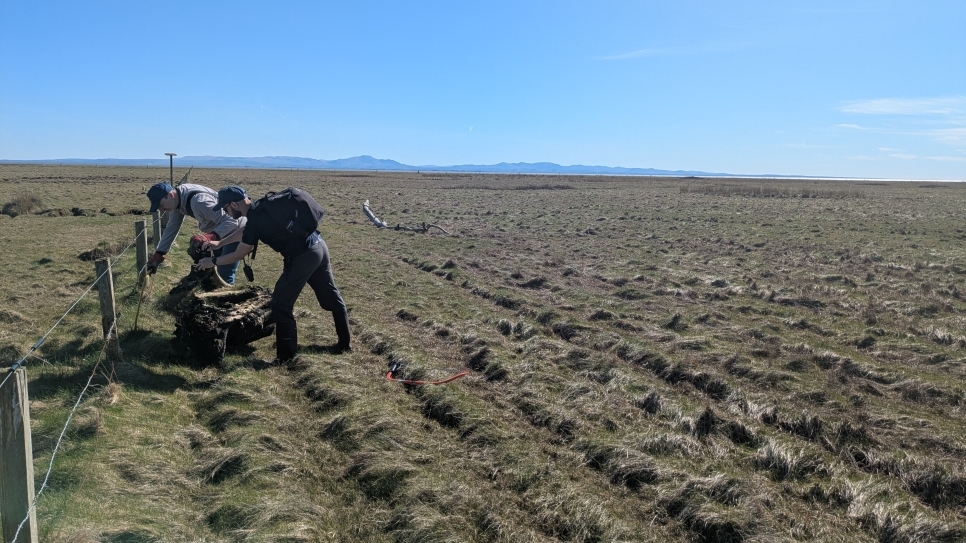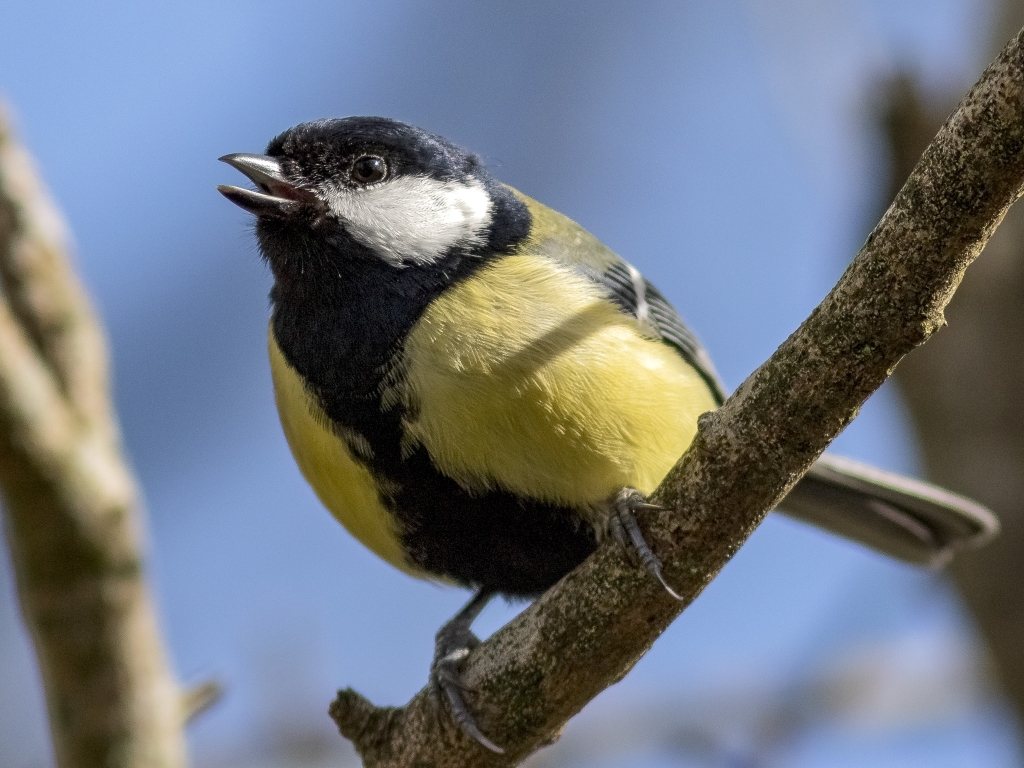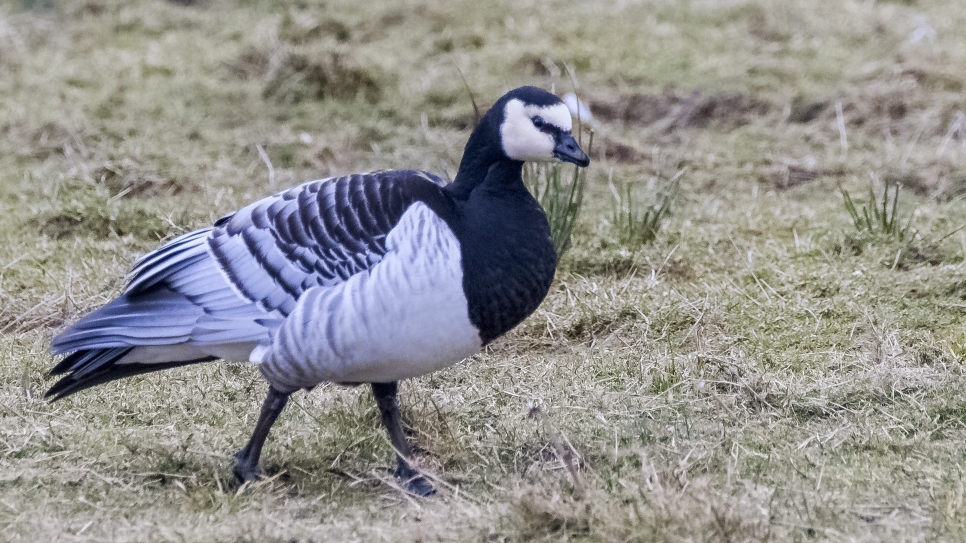Marvellous migration
There's no mistaking that migration is an amazing natural phenomenon. As the Barnacle geese return to us each year from Spitspegen on the Norwegian Svalbard archipelago, we marvel at the journeys they and many other wildfowl take between winter and summer locations.
The Svalbard population of Barnacle Goose breeds in the Svalbard archipelago, mostly in western Spitsbergen, the largest of the islands. Migration begins in late August and early September, and many stage on Bear Island, Norway, for up to three weeks before continuing their migration southwards. Some, however, are known to migrate direct to the wintering grounds of the Solway Firth, on the border between Scotland and England. Return passage begins in mid- April, and during this migration most birds stop over at Helgeland and Vesterålen, off the west coast of mainland Norway, for two to three weeks, before reaching Svalbard by the end of May.
Each year, the geese have to time their migration to try and fly within the most ideal weather window. Misjudging this can mean they lose a lot of condition and have to make more stopovers, at worst, adverse meteorological events can be devastating. Climate change is making these more frequent and extreme. To try and provide the best possible overwintering grounds, we manage our site to help keep the grazing sward at an ideal height and growth for their arrival.
The wintering range of this population is small and the birds tend to remain within 5 km of their roost sites on the mudflats of the Solway coast, ranging along the firth to sites no more than 50 km apart. Winter habitat use is confined to saltmarsh and improved pastures on the Solway. Feeding occurs preferentially on White clover in autumn on saltmarsh habitats, supplemented by grasses and herbs, and on Perennial ryegrass on pasture. In autumn, the geese may also forage in stubble fields for spilt grain. Four principal sites on the Solway are used, namely farmland around Caerlaverock and Southerness on the Scottish side of the Solway and Rockcliffe Marsh and Newton Marsh on the English side. However, other locations are, to an increasing extent, also being used including areas along the River Nith towards Dumfies, and areas further west around Colvend, Auchencairn, Rascarrel and Wigtown later in the winter. Also to a lesser extent, sites further east around Redkirk and Gretna are also being utilised.
Coordinated counts of Svalbard Barnacle Geese are undertaken at least once a month from September through to May, with weekly counts carried out during the arrival and departure periods. Age assessments are also made, during which counters record the proportion of first winter geese present within flocks as well as brood sizes (i.e. the size of family groups) to determine the breeding success of the population. Surveys of Svalbard Barnacle Geese are organised by WWT as part of a long-term research programme on this population.
Feature photograph by Alex Hillier



